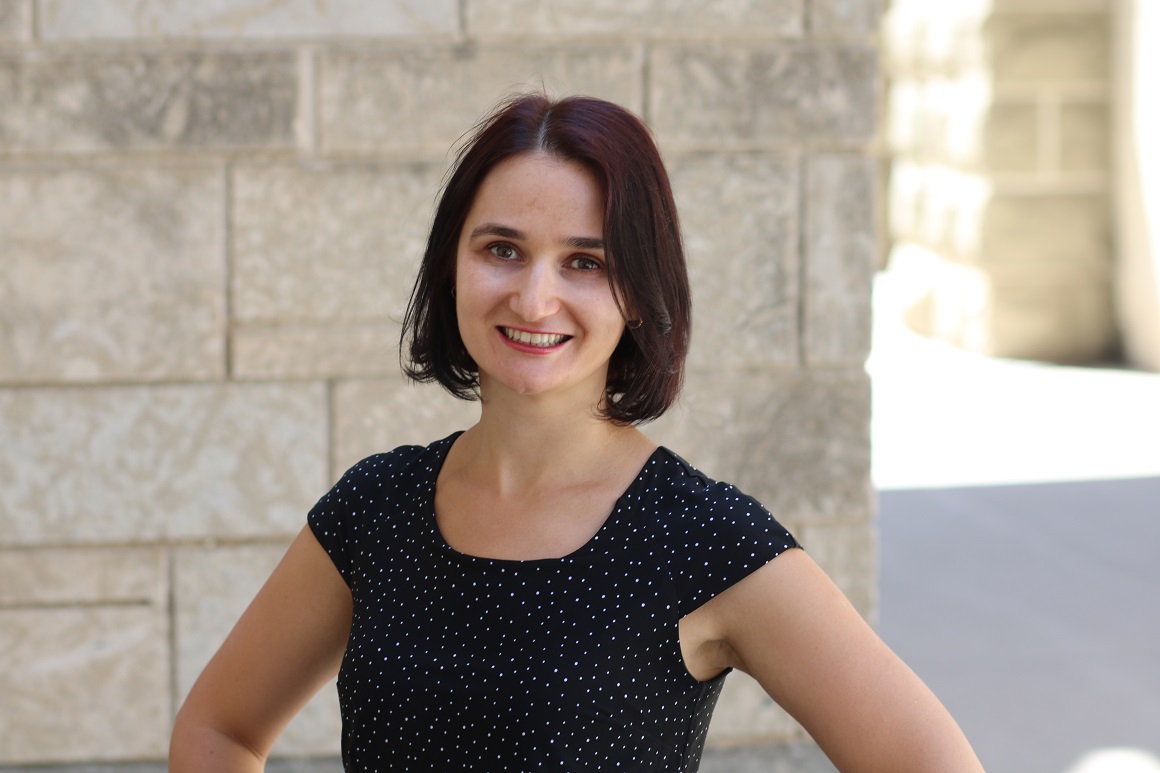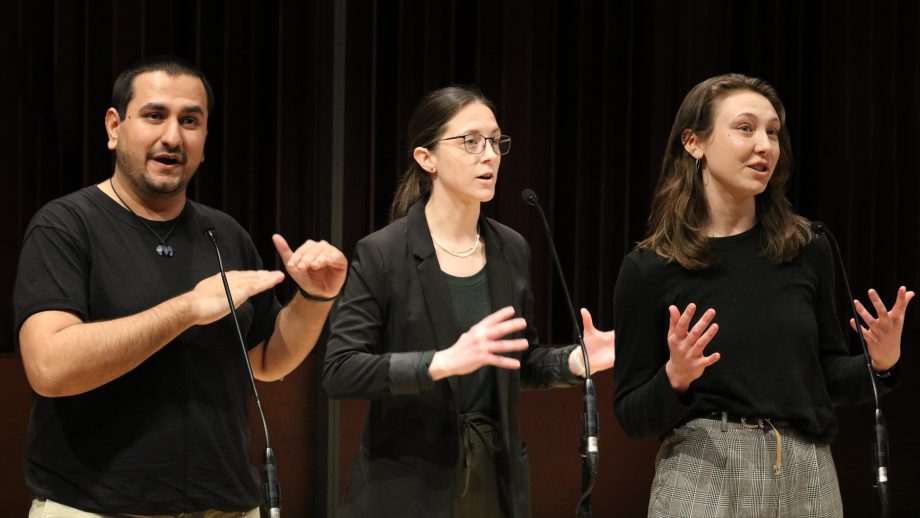When making choices, University of Winnipeg Associate Professor Dr. Olya Bryksina (previously Bullard) recommends you evaluate your options one at a time rather than side-by-side.
This is counter-intuitive for most people but according to a research paper that Bryksina co-wrote with Dr. Na Xiao from Laurentian University, Can Side-by-side Comparisons Undermine Decision Outcomes? A Construal-level View of Evaluation-mode Effects, when people compare options side-by-side, more importance is placed on secondary attributes that are less instrumental to the attainment of the consumption goal a product is intended to perform.
Examining choice-related goals
This happens because side-by-side comparisons activate choice-related goals.
People’s inclination is toward side-by-side comparisons, but this actually skews them away from making more optimal choices.
Dr. Olya Bryksina
“Choice-related goals pertain to the choice process itself, but they are not consumption goals,” she explains. “When you are choosing a drink, for example, your actual goal is to quench your thirst – we call that the consumption goal – but while you’re choosing a drink you will have other various goals; to simplify the choice, to justify your choice to others, or to seek variety, to name a few.”
Before launching their study, Bryksina and Xiao asked people how they would prefer to evaluate choice options when facing a decision. Their research revealed that 70 percent of respondents got it wrong, choosing a side-by-side comparison.
“People’s inclination is toward side-by-side comparisons, but this actually skews them away from making more optimal choices,” she said. “An optimal choice, in this context, is the choice of a product dominant on a primary, most-important attribute.”
New insight into how decisions are made
As an expert in the field of consumer behavior, Bryksina hopes this knowledge will give marketers and consumers new insight into how decisions are made.
She recommends that when marketers promote products dominant in primary attributes, such as tropical vacations that provide an exquisite vacation experience but can be difficult to access, they present them individually.
When marketing products that are more dominant in secondary attributes, such as a local vacation that can’t offer a tropical paradise, but has a beautiful setting and fun activities closer to home, side-by-side comparisons may skew the consumer’s choice toward it.
She also hopes this study will help consumers make better decisions.
“If you need to make an important decision, force yourself to evaluate your options one at a time,” she said.
Bryksina and Xiao’s research into how choices are evaluated is made possible by a Social Sciences and Humanities Research Council (SSHRC) grant, on which Bryksina is a co-investigator. Bryksina’s research is also supported by a Major Research Grant from The University of Winnipeg Research Office. Their paper was recognized with a Best Paper Award at the Administrative Sciences Association of Canada Conference 2020, held virtually in early June. It is currently under review for publication.
How people make choices has been a driving question for Bryksina. She is principal investigator on SSHRC-funded research into how a person’s active goals influence the purchase decisions they make for others. This was recently published as an open-access article in the Journal of Consumer Psychology.
She is very thankful to SSHRC for supporting her in making her research open-access.
“It’s a big deal to know this research is open and accessible for all and shows the value of these grants to spread knowledge and serve the greater public good,” she said.
Now it’s time to examine her options (one at a time), and choose what to work on next.





